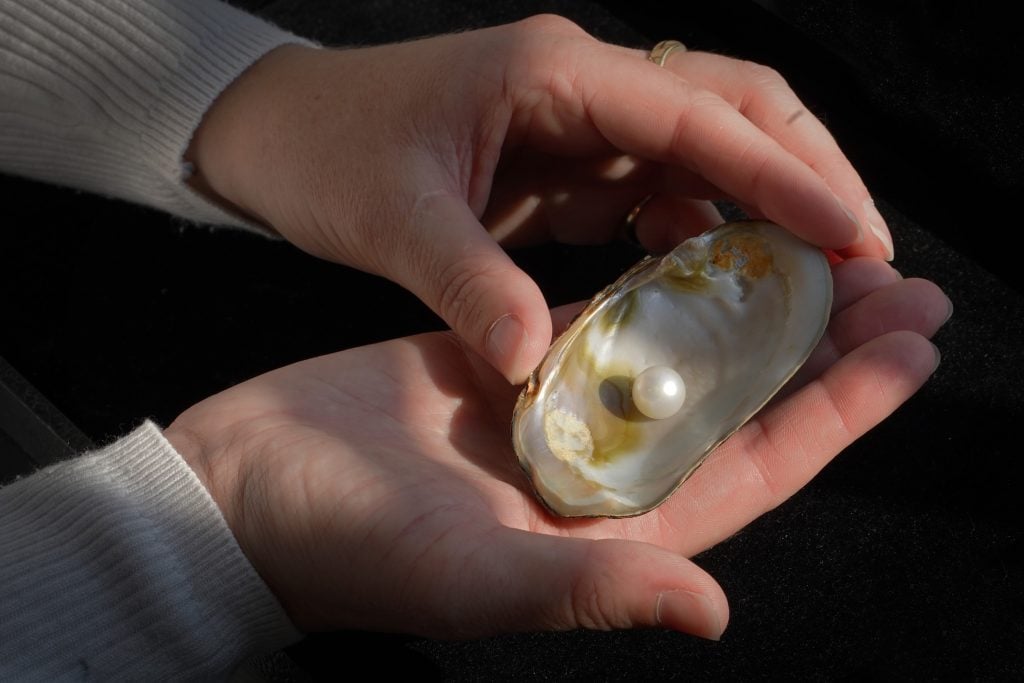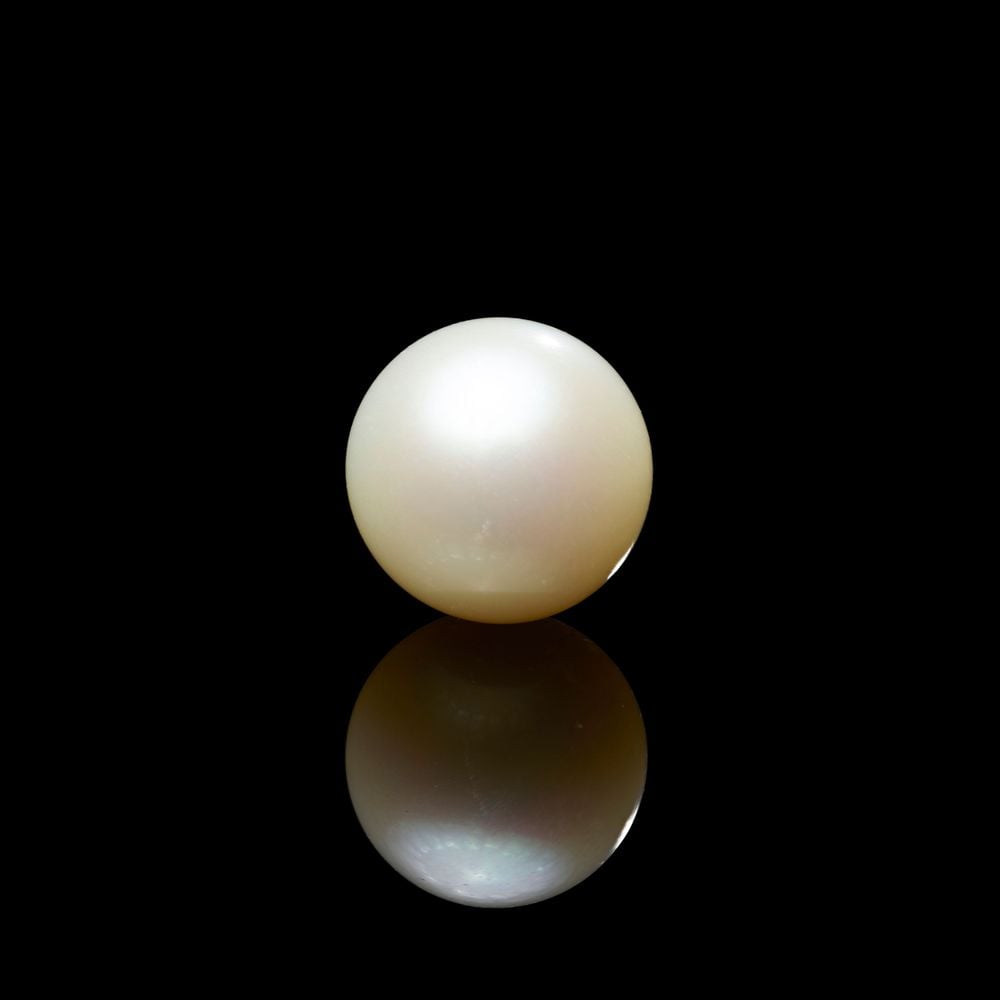Collectibles
Luminous Freshwater Pearl Sets World Record Price
The auction house confirmed the pearl will remain in Scottish hands.

The Abernethy Pearl has sold for £93,951 ($123,000) at auction, a record price for a Scottish freshwater pearl.
The pearl was the star lot of Lyon & Turnbull’s Cairncross Collection auction on August 21. It broke its pre-sale upper estimate of $77,000 with the auctioneers confirming by email that the pearl, one of the largest found in Scottish history, would remain in Scottish hands.
The collection came from Cairncross of Perth, a celebrated jeweler and the only business licensed to sell Scottish freshwater pearls. It closed in 2023 after a century and a half in business. All 173 lots in the auction sold, achieving a total of $317,000.
“It is wonderful that the world record price for the Abernethy Pearl, and the white glove result for the Cairncross Collection as a whole, will cement this legacy,” said Ruth Davis, the auction house’s head of jewelry. “We are pleased to be able to say that the Abernethy pearl has found a good home with its new buyer and will be staying in Scotland.”
At a weight of 43.6 grains, the Abernethy Pearl arrived at auction for a first time since being discovered in 1967 by William Abernethy, a legendary Scottish pearl fisherman who died in 2021. Abernethy is considered the last great master pearl fisherman with the pearl nicknamed “Little Willie” in his honor. The pearl is estimated to have been growing for 80 years when it was found, which would place it in the reign of Queen Victoria.

The Abernethy Pearl weighs 43.6 grains. Photo courtesy Lyon and Turnbull.
Abernethy learned to fish for pearls through his father and spent much of his working life crossing Scotland’s rivers on foot or in small boats. According to a BBC documentary, Abernethy was able to discern whether or not a mussel contained a pearl simply by looking at its size and shape.
When Abernethy found Little Willie in the River Tay in 1967, he wrapped it in a dock leaf to prevent scratching and carried it to Cairncross in the east coast Scottish city. He never revealed precisely where he’d found the pearl, perhaps to prevent other people from exploring the location.
The sale, together with Abernethy’s death, marks something of an end of an era for Scottish freshwater pearls. In 1998, with Scottish freshwater mussels nearing extinction on account of overfishing, the government introduced a pearl fishing ban. It is now illegal to kill or disturb mussels.
As Abernethy once noted, human pollution had also played a role in the demise of Scotland’s freshwater mussels: “All these different sprays and chemicals that’s running into the rivers is killing stuff, there’s no question. I cannot see any improvement.”
Among the only Scottish pearls larger than the Abernethy Pearl is the Kellie Pearl, which dates to the 1540s and is set into the Crown of Scotland.





